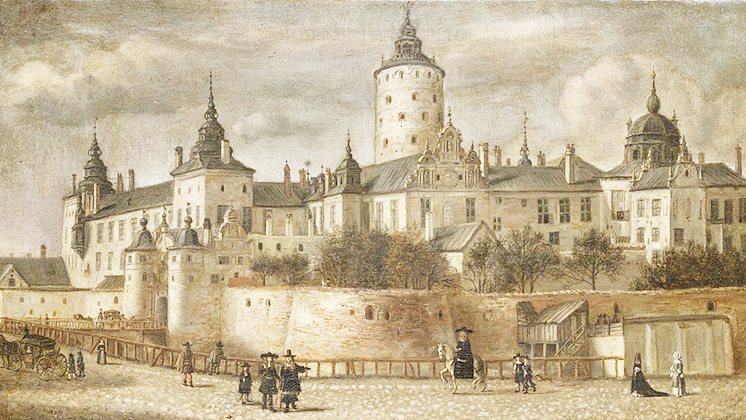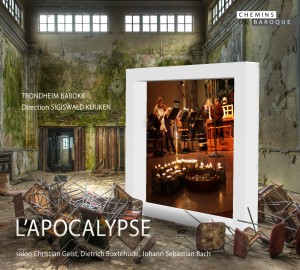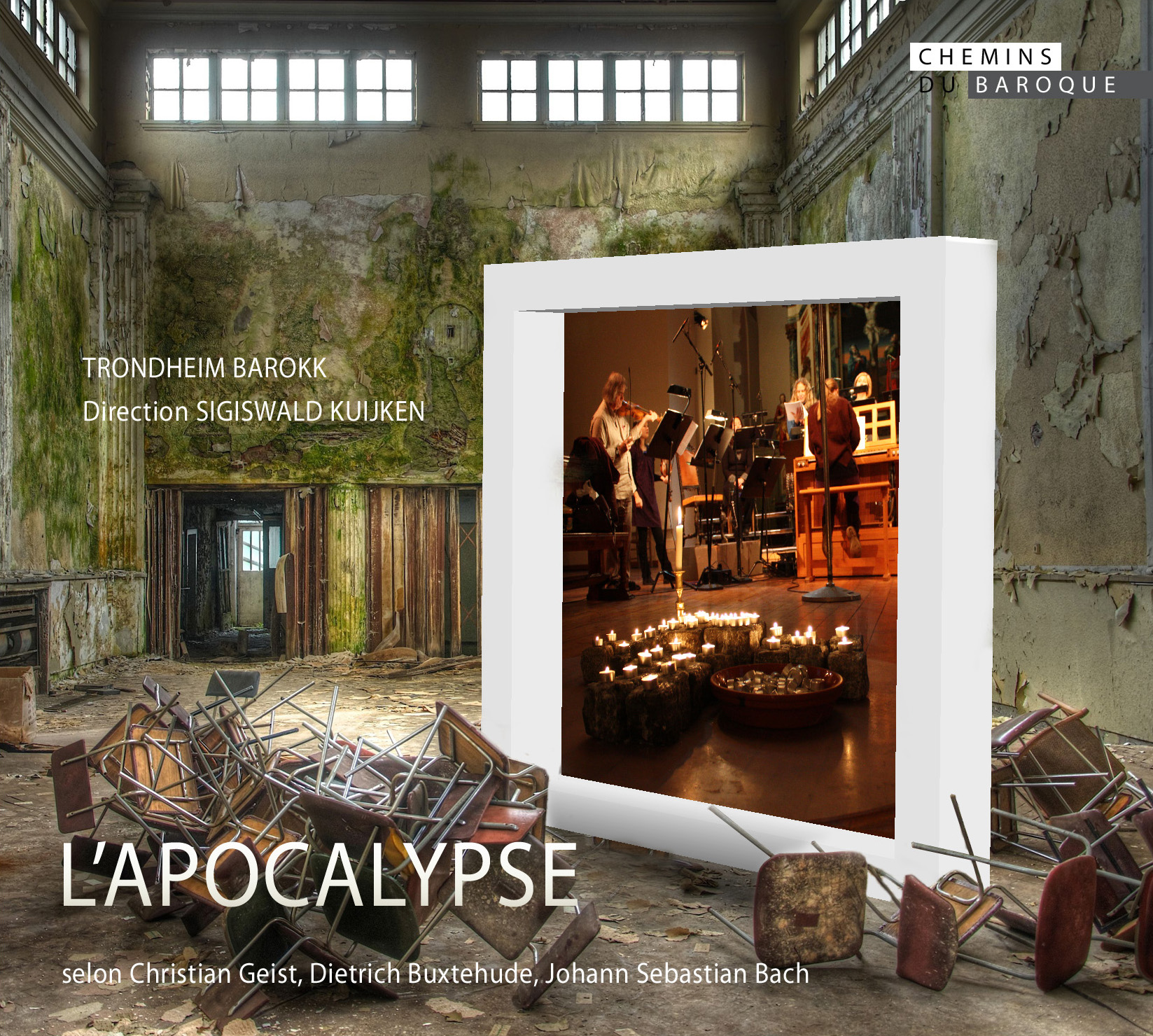Bach’s cantatas for St. Michael’s Day are among his mightiest pieces, ranking alongside the Christmas Oratorio and the Magnificat.
The Book of Revelation by Saint John tells of a war that is to break out between Heaven and Hell, a war between good and evil. In his capacity as commander of the Army of God, Archangel Michael is to lead the angels in a mighty fight against evil. This battle is to be waged against the Devil himself, appearing as a Dragon.
This key passage in the New Testament was not only a favourite subject for the painters and artists of the 15th, 16th and 17th centuries. It was also recognized in one of the grand celebrations in the calendar of the Lutheran Church, which gave composers a major opportunity to provide music that was both powerful and delightful. St. Michael’s Day in particular allowed for trumpets, timpani and lavish instrumental and vocal forces. This is why Bach’s cantatas for this day – two of the most magnificent of which appear on this recent recording by Trondheim Barokk, Vox Nidrosiensis and Sigiswald Kuijken – are among the mightiest pieces of his entire oeuvre, worthy to be placed alongside his Christmas Oratorio and the Magnificat.
Bach here continues a tradition most typical of the Lutheran Church of Nothern Europe: one he knew well from his travels to Lübeck, where he worked with composer and organist Buxhtehude. This recording therefore also features two little-known, but splendid works for St. Michael’s Day, both written by composers connected to Northern Europe and Scandinavia. The first is a delightful, calm cantata for four voices by German-Danish composer Buxtehude, depicting a moment of peace in St. Michael’s battle with the Devil. The second is a triumphant call for war and truly a hidden gem of the baroque repertoire: “Quis hostis in coelis”, written in the powerful and captivating style of the Italian “battagli” by German-Swedish composer Christian Geist.






